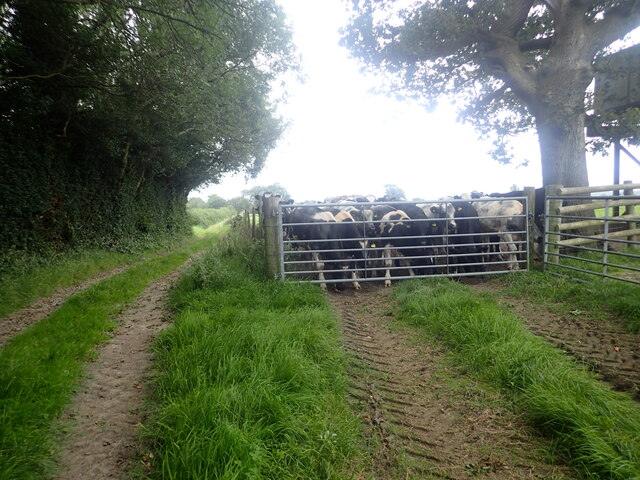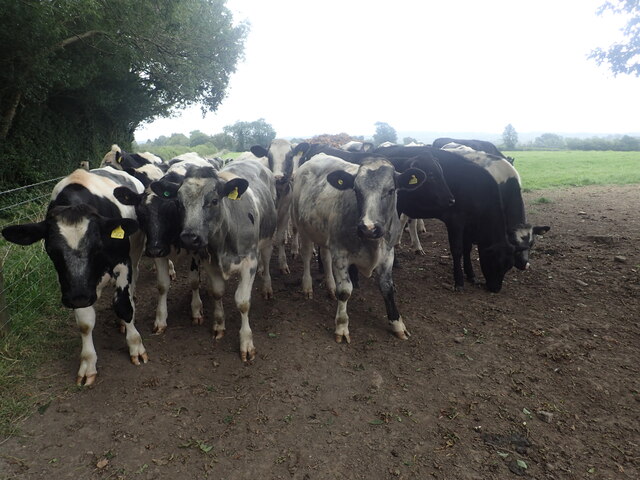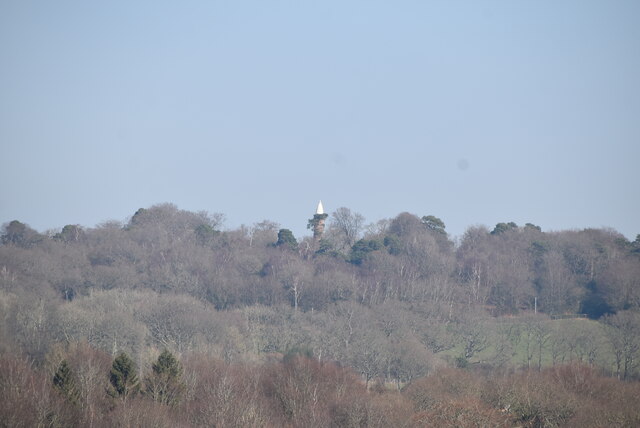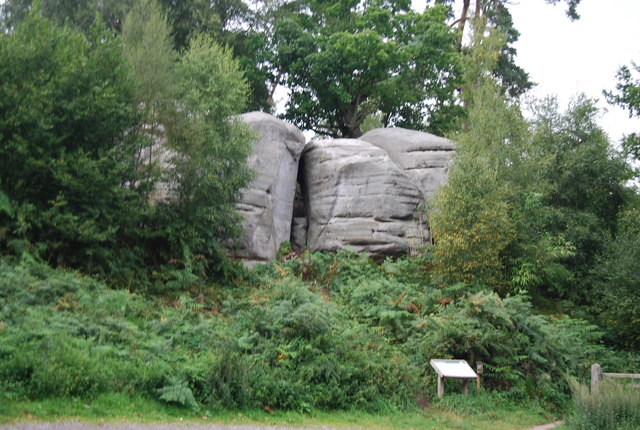Eridge Park
Downs, Moorland in Sussex Wealden
England
Eridge Park

Eridge Park is a historic estate located in East Sussex, England, situated on the edge of the Sussex Downs and surrounded by beautiful moorland. The park covers over 3,000 acres of picturesque countryside, with rolling hills, woodlands, and meadows that provide a perfect setting for outdoor activities such as hiking, cycling, and birdwatching.
The estate is home to a variety of wildlife, including deer, foxes, and a wide range of bird species, making it a popular destination for nature enthusiasts. Eridge Park also boasts a rich history, with a grand country house dating back to the 15th century that has been home to various noble families over the centuries.
Visitors to Eridge Park can explore the extensive grounds, which feature a network of walking trails and bridleways that offer stunning views of the surrounding landscape. The estate also hosts a range of events throughout the year, including country fairs, music festivals, and equestrian competitions, making it a vibrant and dynamic destination for visitors of all ages.
If you have any feedback on the listing, please let us know in the comments section below.
Eridge Park Images
Images are sourced within 2km of 51.091437/0.24776284 or Grid Reference TQ5734. Thanks to Geograph Open Source API. All images are credited.









Eridge Park is located at Grid Ref: TQ5734 (Lat: 51.091437, Lng: 0.24776284)
Administrative County: East Sussex
District: Wealden
Police Authority: Sussex
What 3 Words
///requires.bead.thus. Near Town Row, East Sussex
Nearby Locations
Related Wikis
Eridge Park
Eridge Park () is a village and historic park located north of the parish of Rotherfield, to the north-east of Crowborough in East Sussex, England. The...
Frant
Frant is a village and civil parish in the Wealden District of East Sussex, England, on the Kentish border about three miles (5 km) south of Royal Tunbridge...
St Alban's Church, Frant
St Alban's Church is a Church of England parish church in Frant, East Sussex, England. It was built in 1819–22 in a fifteenth-century gothic revival style...
Eridge Green
Eridge Green is a 8.4-hectare (21-acre) biological Site of Special Scientific Interest north-east of Crowborough in East Sussex. It is part of the 44 hectares...
Nearby Amenities
Located within 500m of 51.091437,0.24776284Have you been to Eridge Park?
Leave your review of Eridge Park below (or comments, questions and feedback).









